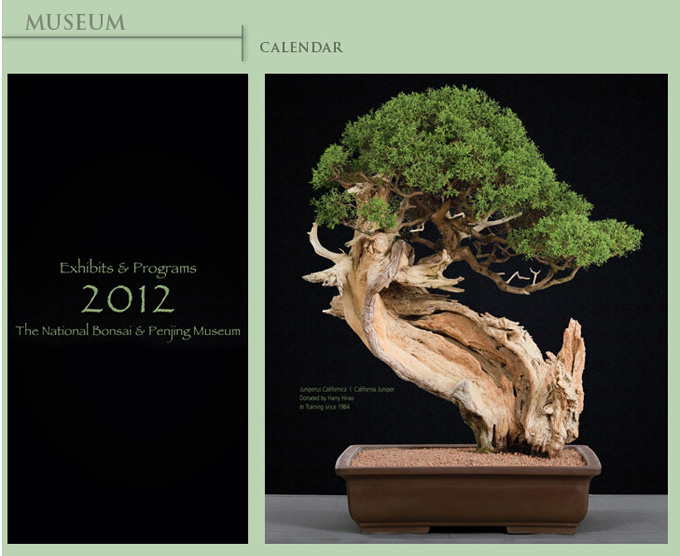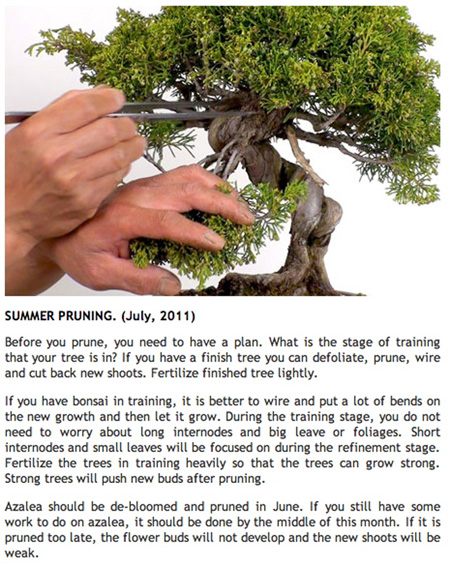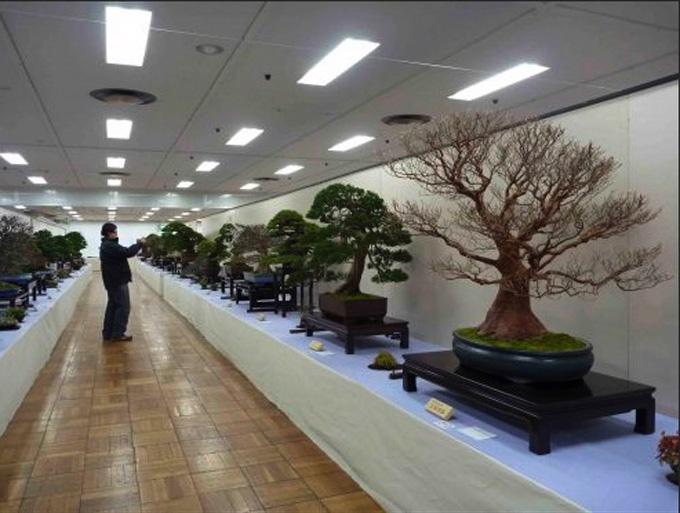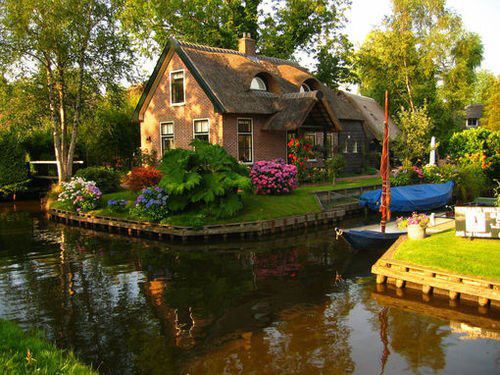 This well-known Sageretia planting is by Dr Wu Yee-sun. It appears in The Chinese Art of Bonsai & Potted Landscapes.
This well-known Sageretia planting is by Dr Wu Yee-sun. It appears in The Chinese Art of Bonsai & Potted Landscapes.
An Aha! moment
Sometimes you might pass over a tree or planting because it’s not dramatic enough to catch your attention. Or maybe it just seems strange at first glance. In some cases, if you’re lucky, a question mark might pull you back for a second look. That’s what happened to me with two or three of the trees in this post; they were easy to overlook, but when I did take a close look, an Aha! moment dawned.
Whatever it takes, it’s worth it
I think it’s easy for many of us to overlook Chinese Penjing. My guess is that this is because we are used to Japanese bonsai, or bonsai that is Japanese influenced (most Western bonsai is Japanese influenced), so Penjing might take some getting used to. Whatever it takes to get used to it though, I think it’s worth it.
Dr. Wu Yee-Sun
The trees in post are by Wu Yee-Sun. Dr. Wu is a famous Penjing artist. You may have seen one of his better know trees (pictured above), and his Foreword in the classic book; The Chinese Art of Bonsai & Potted Landscapes (see below).
�
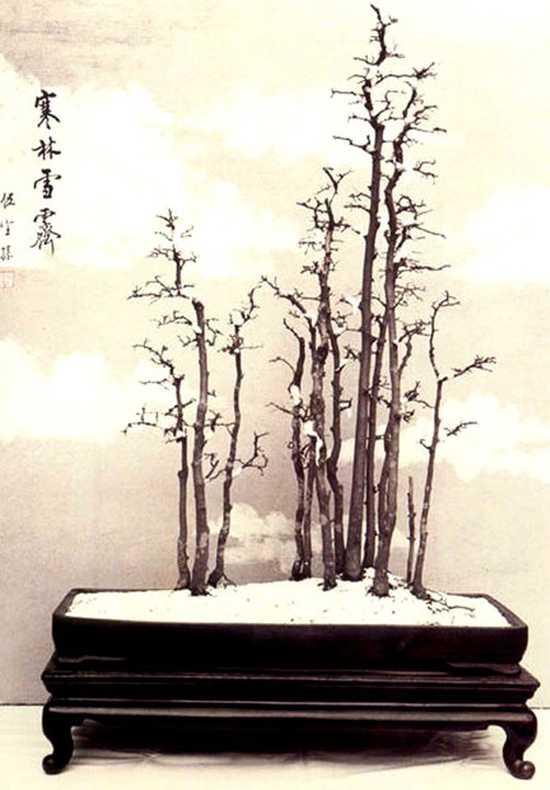 This one is a good example of that ‘easy to overlook’ group. At first, I almost breezed right by it, but just as I was about to dismiss it as ‘a bunch of skinny, undeveloped little trees stuck in pot,’ fortunately, its subtle, elegant grace caught my jaded eye. It and the photos below are from Tae Kukiwon Bonsai.
This one is a good example of that ‘easy to overlook’ group. At first, I almost breezed right by it, but just as I was about to dismiss it as ‘a bunch of skinny, undeveloped little trees stuck in pot,’ fortunately, its subtle, elegant grace caught my jaded eye. It and the photos below are from Tae Kukiwon Bonsai.
�
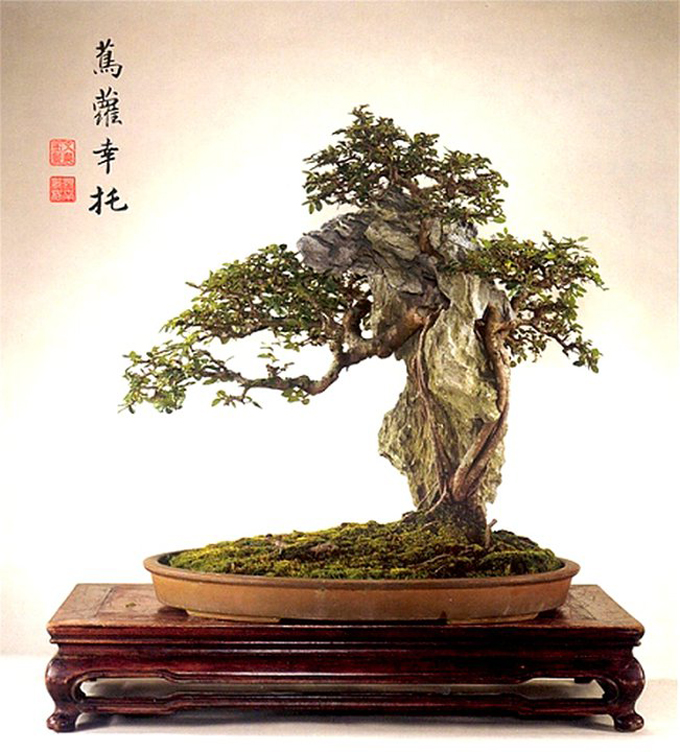 A little more obvious; but still, quite elegant and unique.
A little more obvious; but still, quite elegant and unique.
 At the risk of exposing my inner Philistine, I have to admit that I almost overlooked this gem of a tree. Fortunately, its open, uncontrived feeling caught me just in time.
At the risk of exposing my inner Philistine, I have to admit that I almost overlooked this gem of a tree. Fortunately, its open, uncontrived feeling caught me just in time.
�
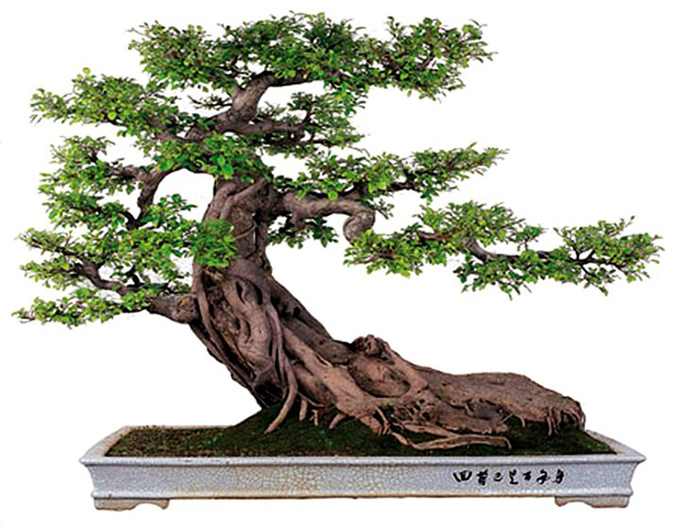 This one can speak for itself.
This one can speak for itself.
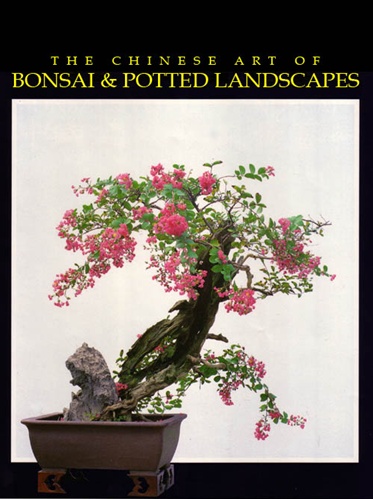 This beautiful, one of a kind, hardcover book is on special at Stone Lantern for only 36.00 (the retail price is 65.00 and our regular discounted price is 45.00).
This beautiful, one of a kind, hardcover book is on special at Stone Lantern for only 36.00 (the retail price is 65.00 and our regular discounted price is 45.00).
�
Source: Bonsai Bark Read more!


